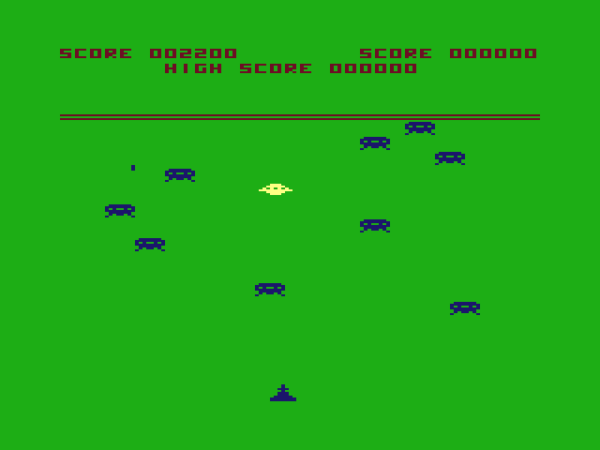Reverse-engineering the Dragon 32 game Invader’s Revenge
Partly for the challenge, and partly for nostalgia, I reverse-engineered the Dragon 32 game Invader’s Revenge, creating an essentially complete commented disassembly. I also created a Pytch version, which is embedded in the full write-up.
Continue reading





